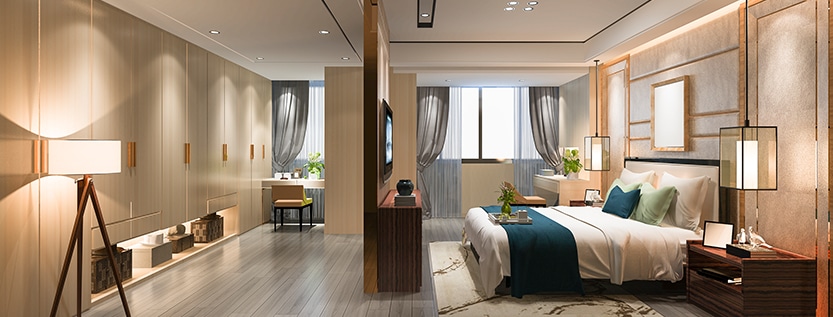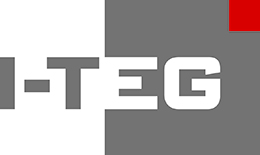
Light and Lighting Technology
Planning and calculations of lighting systems
Light technology optimally adapted to the conditions is indispensable for the use of any building. Light is not only needed as a basis for working and living, but also contributes significantly to the creation of a pleasant living and working climate. They are also suitable for illuminating exhibits.
Difference between light and lighting technology
Light technology is the generic term which also includes lighting technology. Light technology refers to all measures that serve to influence the lighting conditions inside a building.
Illumination of buildings with daylight
In addition to artificial lighting, this also includes directing daylight into buildings. In architecture, this technique is called illumination (as opposed to lighting). Windows are most often used for this purpose. However, skylights, glass roofs or light guide systems are also increasingly used.
These are devices that use mirrors and internally reflective coated tubes (daylight tubes) to guide daylight into the interior of buildings. In this way, light can even be directed into rooms that have no windows.
In large buildings or building complexes, an Atrium is often created to allow as many parts of the building as possible to have access to daylight.
There are several reasons why illumination is becoming increasingly important. Daylight is available indefinitely and free of charge. Apart from this, no artificial light source can surpass daylight in its positive effect on people. The human body feels most comfortable in daylight and (if possible) sunshine. This not only has a positive effect on mood, but also on work productivity. The human eye works best in daylight. If, for example, quality tests involve distinguishing the finest colour nuances, the tests are carried out in daylight.
On the other hand, illumination also has disadvantages. Since the light is of natural origin, it cannot be controlled. In addition, the exposure can affect the energy balance of the building. If no measures are taken to shade or reflect the sun’s rays, buildings with large glass surfaces can heat up considerably in summer, while more heating energy is required in winter.
Lighting Technology
Lighting technology refers to all technical equipment that generates artificial light. A distinction is made between luminaires and lamps. Lamp is the technical term for a light source.
The classic incandescent lamps with a filament are well known. Other types include halogen lamps, fluorescent lamps, mercury or sodium vapour lamps, energy-saving lamps and light-emitting diodes (LEDs).
Luminaires, on the other hand, are technical facilities that take one or more lamps and connect them to the power source. Additional tasks of the luminaire consist of directing and distributing the light generated by the lamp.
Certain parameters are specified for workplaces and must be observed during lighting design. The specifications include illuminance, colour temperature, colour rendering index and illuminance distribution.
Various parameters have to be taken into account in order to implement a state-of-the-art interior and exterior lighting design. For example, the glare value for workstations (UGR<19), where glare is minimised as far as possible by means of certain luminaire designs. But also the colour rendering index (Ra), illuminance levels.
For direct or indirect irradiation, e.g. optically for office rooms, the ceiling can be backlit via the ceiling canopy. In classrooms in training buildings, asymmetrical or asymmetrical illumination can be designed.
Revolution in lighting technology
Whereas 1 – 2 decades ago the share of lighting in electricity consumption was more than 20 percent, today it has fallen to 14 percent and is likely to fall even further. Behind this trend is LED lighting, which is becoming increasingly popular.
LED lamps consume only a fraction of the energy of an incandescent lamp. Compared to other lamps, they have a long-life span, which can be up to 50,000 operating hours (in some cases even longer). This reduces energy consumption and maintenance costs. LED lamps emit only little heat and develop a high luminosity even in small versions. This makes them ideal for concealed installation in furniture, appliances, elevators or walls and ceilings.
Although the bright white light of LED lamps is often perceived as unpleasant, there are already LEDs with a pleasantly warm light tone. Thanks to the increased efficiency in production, LED lamps are also becoming increasingly cheaper. It is foreseeable that they will continue to gain acceptance in lighting technology.
Planning of efficient, powerful lighting systems
We are very experienced in the field of light calculation. We use special computer programs to calculate and simulate complex lighting scenarios. Eye-friendly workplace illumination or creative lighting design in the interior are just as much our strength as exterior lighting and facade illumination. The planning of daylight and shading technology is also part of our portfolio.



